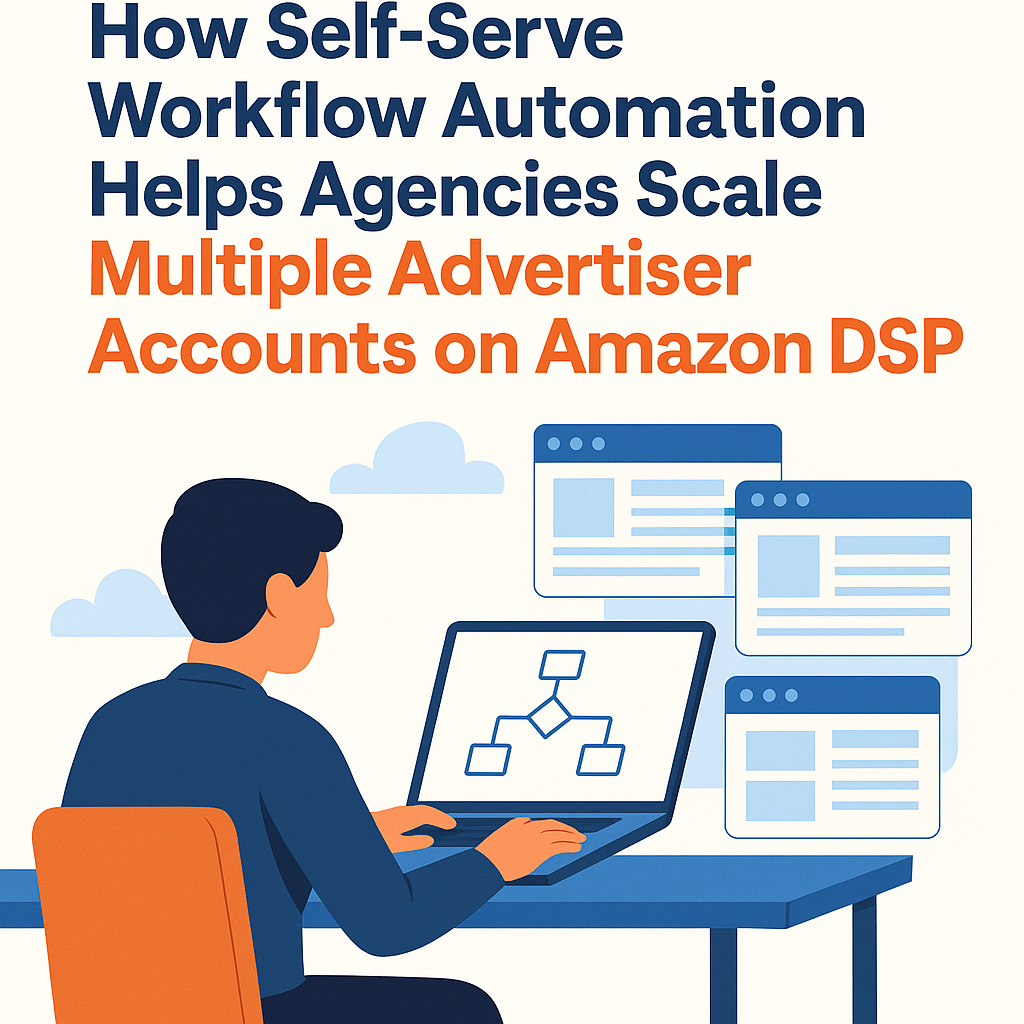

If you’ve spent any time in digital advertising—Google, Meta, Amazon DSP, CTV, or even traditional display—you’ve probably come across the term CPM. It’s one of the most widely used pricing models in advertising, yet it’s also one of the least understood by newcomers.
This guide breaks down what CPM is, how it works, and why it matters for your marketing strategy.
CPM stands for “Cost Per Mille,” with mille meaning 1,000 impressions.
So CPM literally translates to the cost to deliver 1,000 ad impressions.
If an ad platform charges a $10 CPM, it means:
You pay $10 for every 1,000 times your ad is shown.
It’s one of the foundational currencies of digital advertising.
An impression happens every time your ad appears on a screen—whether it’s a banner, video, social post, or streaming TV placement.
It doesn’t guarantee a click, view-through, or engagement—just that the ad was delivered.
The CPM formula is simple:
Example:
($500 ÷ 50,000) × 1,000 = $10 CPM
This is why CPM is such a useful metric: it standardizes cost and makes it easy to compare the efficiency of different campaigns.
CPM helps advertisers understand one core thing:
It matters for three main reasons:
Knowing your CPM helps you forecast impressions, reach, and frequency before a campaign even starts.
You can compare CPMs across channels—social, programmatic, CTV, search (via vCPM), and more—to understand where your money is working hardest.
CPM is a reflection of competition.
If CPMs rise, it often means more advertisers are bidding for the same audience or inventory.
CPMs vary widely depending on:
Niche or high-intent audiences cost more.
Broad audiences cost less.
Premium streaming TV inventory will have higher CPMs than exchange-based banner ads.
Q4 (holidays) and major events drive up CPMs due to competition.
Programmatic auctions adjust CPMs in real time based on supply and demand.
Using third-party or commerce-data targeting often increases CPMs.
While ranges fluctuate, here’s a general snapshot:
Premium storytelling channels cost more because they deliver stronger attention and brand lift.
A common misconception:
Low CPM = Good media buying.
High CPM = Bad media buying.
Not true.
A higher CPM may deliver:
For example, CTV CPMs are higher than display because the attention, impact, and performance outcomes are dramatically better.
The right CPM is the one that supports your goal.
These three pricing models are often confused:
Great for reach, awareness, and CTV
Great for search and lower-funnel campaigns
Great for performance and revenue-driven campaigns
Each has its place.
CPM is the foundation—everything else builds on top of it.
You should care most about CPM when your goals include:
If your goal is direct conversions or purchases, CPM is still relevant but not the north star metric.
A CPM is simply the cost to serve 1,000 ad impressions, but it plays a critical role in planning, forecasting, and evaluating marketing performance. Understanding CPM helps marketers allocate budget wisely, compare platforms fairly, and evaluate whether their media strategy is built for reach or built for performance.
Whether you're running YouTube ads, programmatic display, or premium streaming TV, mastering CPM is one of the first steps toward becoming a smarter media buyer.

For agencies running campaigns across Amazon DSP, growth brings both opportunity and complexity. Winning more clients is exciting — but each new advertiser also adds layers of manual work, more campaigns to manage, and greater pressure on your team’s time.
Comments